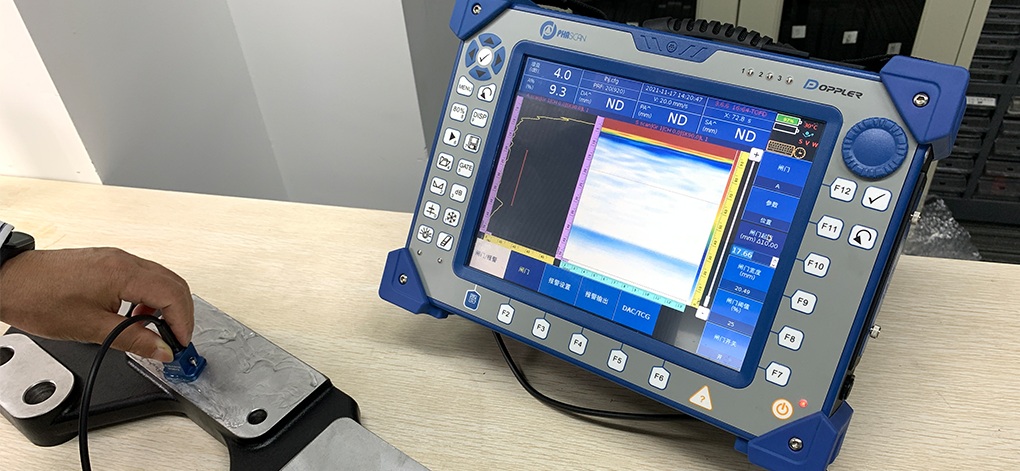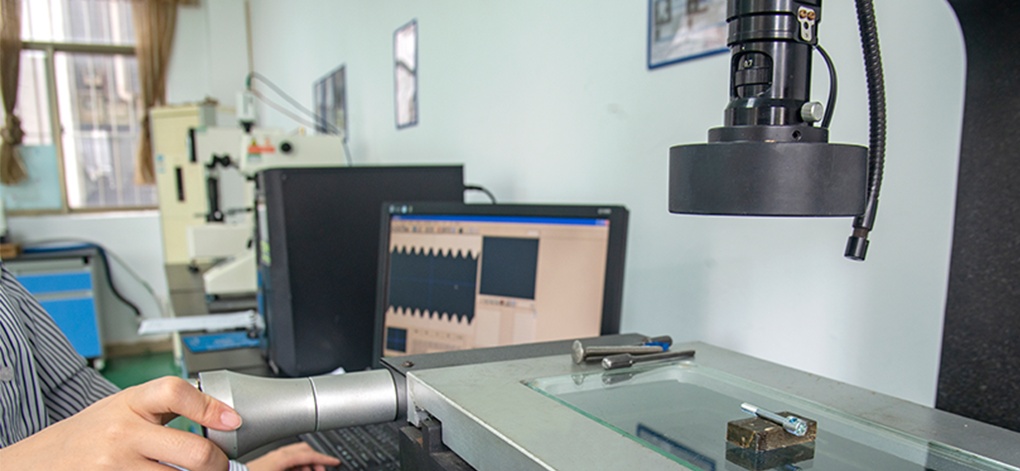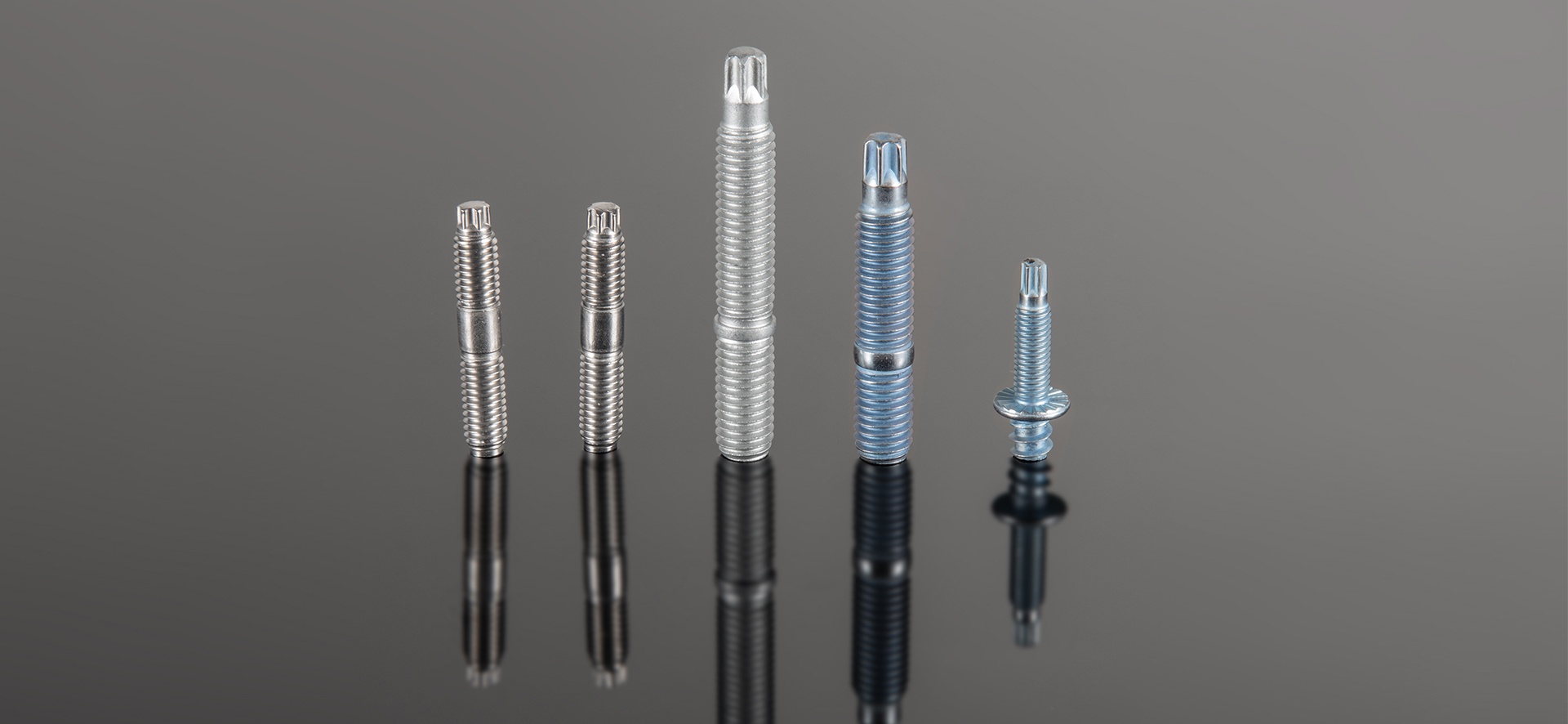COLD FORGED MACHINING
Our cold forging techniques are ideal for producing precision components with complex geometries and tight tolerances. We employ state-of-the-art machinery and skilled technicians to ensure that every part meets the highest standards of quality and performance. Our cold-forged parts are widely used in industries that demand strength, durabilidade, and resistance to wear, such as automotive engine components, aerospace fasteners, and heavy-duty industrial applications.

COLD FORING PROCESSING CHARACTERISTICS & PRECISION
Cold heading, also known as cold upsetting or cold forming, is a specialized metal forming process used to produce high-strength, precision components from metal wire or rod stock without the need for heating. The process involves shaping the metal by applying extreme pressure, which plastically deforms the material at room temperature. Cold heading is primarily used to manufacture fasteners, such as bolts, screws, rivets, nuts and other parts where high strength and tight tolerances are required.
KEY FEATURES OF COLD HEADING

No Heating Required:

Material Strengthening

Precision and Accuracy

Dimensional Accuracy

Surface Finish

Comparative Precision

Limitations

Quality Control Measures

Industry Standards

Advanced Techniques for Enhanced Precision

Material Efficiency

High Production Speed
APPLICATIONS OF COLD HEADING
Cold heading is commonly used in industries such as automotive, aerospace, construction, electronics, and consumer goods
Some typical applications include
- Fasteners: Bolts, screws, nozes, rivets, and pins.
- Engine components: Parts that require high strength and durability.
- Electrical connectors: Small, precise components for electrical systems.
- Medical devices: Custom parts for medical instruments and implants.


Aeroespacial

Automotivo

Médico

Robô

Equipamento mecânico

Materials Used in Cold Heading
The process is compatible with a wide range of metals, including carbon steel, stainless steel, aluminum, brass, copper, and alloy steels. The selection of material depends on the desired properties of the final product, such as corrosion resistance, tensile strength, or conductivity. Due to the cold working nature of the process, materials with high ductility and malleability are often preferred.
Process Steps
a. Cutting: Wire is cut to the required length.
b. Upsetting: The cut piece is compressed axially, causing it to expand radially.
c. Extrusion: Material is forced to flow into a die cavity.
d. Piercing or Trimming: Additional operations may be performed to create holes or remove excess material.

ADVANTAGES

Cost-Efficiency
Reduced material waste and minimal post-processing requirements lead to lower production costs

Improved Strength
Work hardening increases the mechanical strength of the component, making it more resistant to wear and fatigue

Precision
The ability to create detailed features with high dimensional accuracy

High Production Rates
Automated machines allow for rapid, high-volume manufacturing
Challenges and Limitations:
While cold heading offers numerous advantages, it also has some limitations. The process is most effective for small to medium-sized components and may not be suitable for large or highly complex parts. Additionally, tooling costs can be high due to the need for precise dies and punches, although this is offset by the long production runs.
Cold heading is a versatile and efficient manufacturing process that produces high-quality metal components with excellent mechanical properties. Its ability to improve material strength, minimize waste, and achieve precision makes it an indispensable technique in industries where reliability and cost-efficiency are essential.
CONTATE-NOS
- Endereço: Área de Baisabu Shantangwei, Street Tali, Condado de Huidong, Cidade de Huizhou,Província de Guangdong
- Tel: +86 186 0769 4667
- Whatsapp: +86 139 2435 4639
- E-mail: info1@dgchuanghe.com

